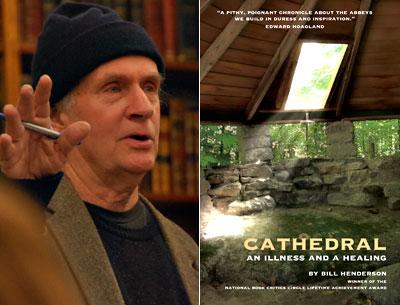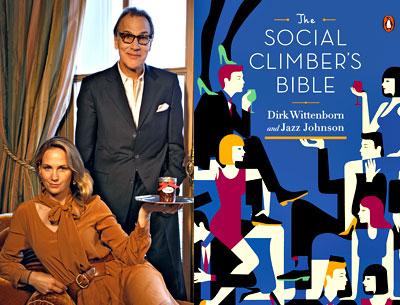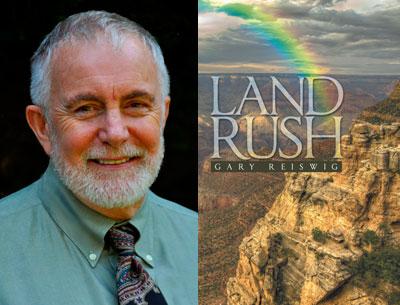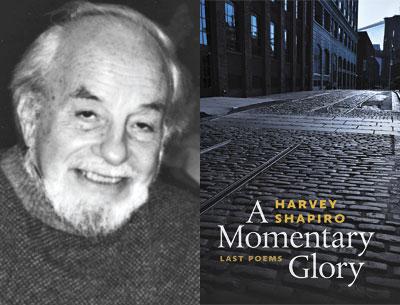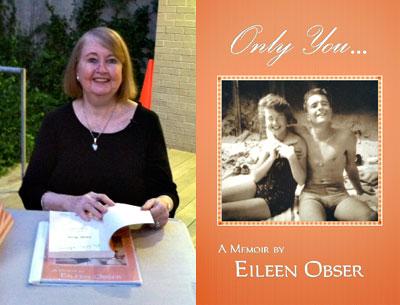Book Signing at the Parrish
Book Signing at the Parrish
Helen Harrison will sign copies of her new book, “Jackson Pollock,” on Saturday at 11 a.m. at the Parrish Art Museum in Water Mill.
The book is a primer on the artist with a concise background and a description of his art during various periods of his life. It is part of the Phaidon publishing house’s Focus series of monographs and is amply illustrated.
Ms. Harrison, who directs the Pollock-Krasner House and Study Center in Springs, is a former New York Times art critic and has written many exhibition catalogs and articles. Her previous books have included “Hamptons Bohemia” and “Such Desperate Joy.”
The book costs $22.95 and includes admission to the museum if purchased in advance of the event in person at the museum or at parrishart.org.

